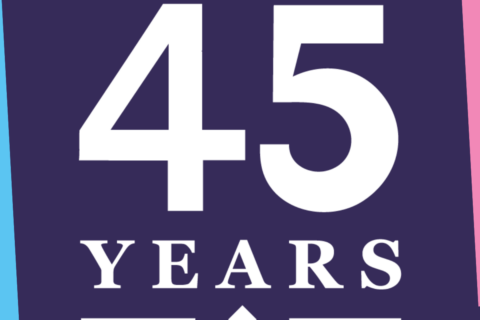Denmark to stop printing money

Denmark’s central bank, Nationalbanken, has announced that from 2016 it will stop printing banknotes. Some notes will still be printed by an external supplier, but the amount of money printed will be significantly less.
There’s a number of reasons for the move, one is that with the advent of digital purchase methods like credit cards, cash is being used less for transactions.
According to a spokesperson for Nationalbanken, the improved quality of banknotes has also increased their longevity, so less new banknotes are required, “notes are used less in transactions, the notes are being circulated better in society, and the quality of the banknotes series is better, so the notes last longer”.
Denmark joins other countries like Ireland, Austria, Sweden and Belgium who have scaled back their note printing and are working towards a digital monetary system. There are no such plans to scrap note printing in the UK, with the Bank of England recently awarding a 10-year contract for printing bank notes.
How are bank notes printed?
Across the world, bank notes are printed on a variety of materials, the most common is cotton paper as it’s more resilient than normal paper. Cotton paper is less likely to rip or tear, meaning most bank notes are in circulation for around two years.
Like other forms of high security printing, bank notes are printed with a variety of features designed to prevent counterfeit notes being produced. In fact, many of the security features are the same as the techniques we use when printing gift vouchers, certificates and cheques.
In the UK security features to look out for on bank notes include;
- Raised printing that you can feel if you run your hand over the note
- Metallic thread and a watermark that can be seen if you hold it up to the light
- Micro lettering that can only be seen under a microscope
- Features that only show up under ultraviolet light
- A clever feature called motion thread – which makes symbols look as if they are moving when you move it up and down
- A unique number on all notes
















